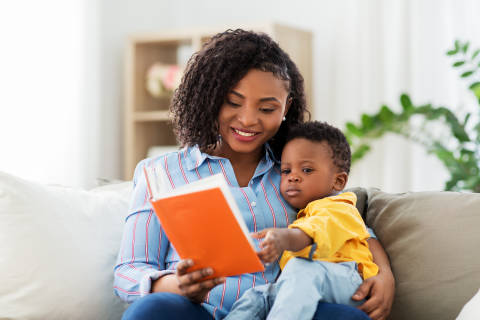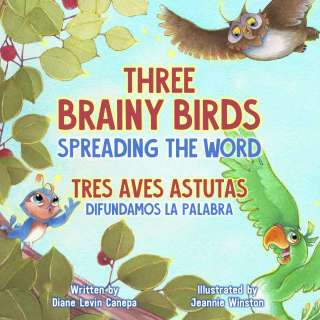You can see your child is starting to get upset, stressed, or overwhelmed. Before these big emotions gain steam, it’s time to swoop in like the hero you are with some fun activities to help your child find calm again.

Create a calm calendar: Create a daily routine with consistent mealtimes, nap times, playtimes, and bedtime rituals. This predictability provides a sense of stability for your child.
Encourage deep breathing or dragon breathing: Teach your child deep breathing exercises to help them manage their emotions and stress. This technique can be as simple as taking slow, deep breaths while counting to three.
Create a calm-down corner: Designate a special area in your home where your child can go to relax, regroup, and self-soothe during difficult moments. Fill the space with calming sensory items like soft blankets, cushions, or a Calm Down Kit.
Use positive reinforcement: Praise your child's efforts to build their confidence and sense of security.
Play our emotions card game: Our First 5 California team has developed a brand-new interactive card game to help children explore their emotions in a fun, safe setting. The card game is available in English and Spanish. Download the game now for free.
Engage in a physical activity: Encourage regular physical activities like dancing, playing outdoor games, or practicing yoga. Exercise helps release “feel good” hormones, contributing to feelings of happiness and well-being.
Connect through touch: Provide physical comfort and affection through hugs, snuggles, or gentle massages. Touch helps children feel secure and connected—a foundation for emotional stability.
Encourage silly time: Dedicate time for unstructured play and exploration each day. Play helps children develop resilience, social skills, and emotional regulation.
Read together: Read books together that explore emotions, mindfulness, and strategies to cope with difficult situations. Discuss the stories and encourage your child to share their feelings and relate to the characters.
Each child is unique and will respond differently to various strategies. It's important to observe how your child responds to these methods and adapt as needed to ensure their well-being and stability.






